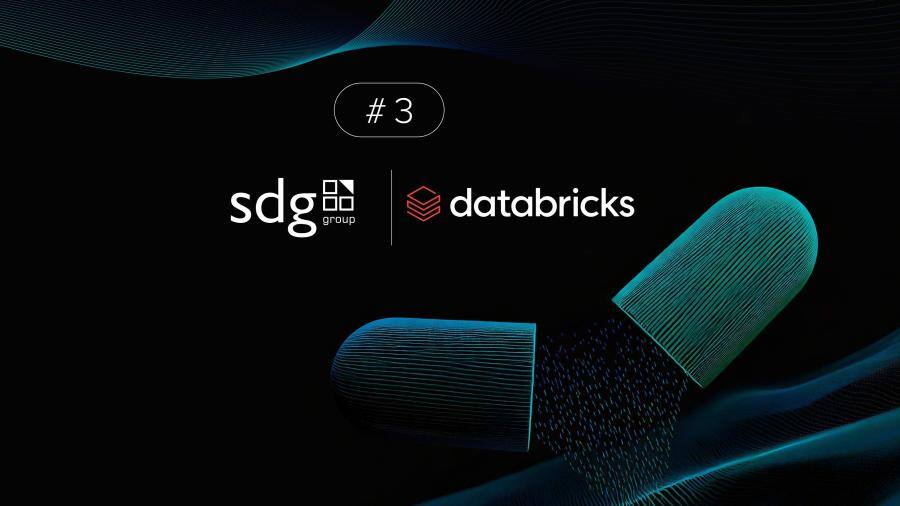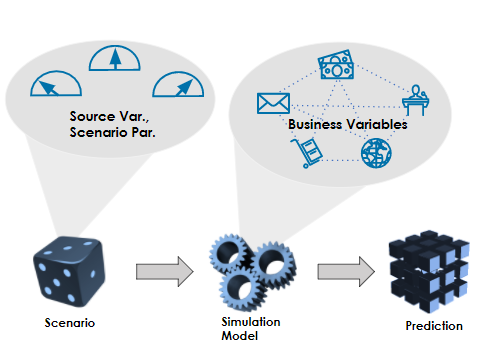Despite being a subcategory of the shopping experience, proximity marketing is constantly and rapidly evolving, especially in the recent years of technological advancements. With an evergrowing availability of data spreading between people and companies, this type of marketing within consumer products can lead to a better understanding of behavior from potential customers.
On-site sales strategy; implemented through proximity marketing.
The main objective of proximity marketing is to drive people within a space to buy products either at retail or on sale.
Proximity marketing is the primary tool with which commercial realities can concretely implement their sales strategy when customers are already in their space or nearby. Three elements come into play, and that, depending on their characteristics, from time to time affect the choice of the type of proximity marketing that can be put in place.
In the early days of the digital age, it would be considered pure science fiction to guide and follow a customer inside a store. Technology plays a leading role in this process for consumers and vendors.
In the first case, smartphones and tablets are mainly considered, with privacy implications to be managed accurately; in the second, all channels such as videos, whiteboards, and other even more advanced devices that allow you to transmit content, information, and messages to the customer without any constraint in the choice of media and format because the secret of proximity marketing is to use them all by choosing the best depending on the situation.
In addition to technology, the geographical area in which it must be implemented also plays a very important role in the definition of a proximity marketing strategy: in fact, objectives and questions are asked differently if you act at the single point of sale or in the entire space of a shopping center, possibly including parking.

Passive, active, and proactive: the three stages of proximity marketing
With the tools and technologies available today, it is possible to implement three different types of proximity marketing, all based on data that are exploited with varying levels of depth and interaction.
Passive: the goal, in this case, is to know the customer and know what he wants, so you capture the information about him when he enters a shopping mall or in a store; its movements are analyzed and transformed into an avatar to overcome any privacy problem.
Active: in addition to following the customer in the space, in this case, targeted communications are sent informing him about what is happening inside, for example, by reporting promotions in the act or new products to discover. A famous example a few years ago was the bright shop windows used to establish a playful interaction with the customer and promote discount campaigns in large-scale distribution.
Proactive: third and for now, the last stage of the evolution of proximity marketing consists in interacting with the customer in a highly personalized and intelligent way, conditioning his behavior according to the data concerning both the space that hosts it, avoiding gatherings and its preferences and movements.
All three types of proximity marketing, firmly based on the abundance of data we can collect today, are becoming increasingly important because of the pandemic. The succession of lockdowns has changed customers' behavior, making them more digital and inclined to buy online. Therefore, they are more accustomed to those multimedia interactions on which proximity marketing is based. Today, if you do not use it, you risk losing a considerable slice of customers who use the smartphone as a "guide" in increasing circumstances.
The new challenges of proximity marketing are won with big data.
The pandemic effect multiplies the opportunities and expands the potential target, but the introduction of big data technologies represents the real turning point in proximity marketing; only thanks to them become you can take full advantage of the large amount of information collected "in the field" and make the most of it.
The transition from data warehouses to data lakes has allowed, first of all, to store data without pre-structuring it and without clashing with volume limits; the speed and efficiency achieved in the processing of this information have also made it possible to use the insights extracted almost in real-time, reaching the customer still on site, in time to guide him towards the strategic products for the vendor.
This is the real challenge of proximity marketing today: to drive individual people within the sales space in an increasingly intelligent way thanks to extensive and rapid use of data collected and those possibly available in the database for those who are also registered through, for example, a fidelity card, by creating personalized interactions, the likelihood of conversion into purchases increases.
We are used to seeing this "magic" online in the digital store that Amazon has built over the years. All three types of proximity marketing - passive, active and proactive - are implemented ideally using big data at maximum power. Today this mechanism of success can also be applied in physical stores, it is more complex, but it is no longer an impossible challenge.
.png?width=2000&name=SDG%20-%20Logo%20White%20(1).png)




















